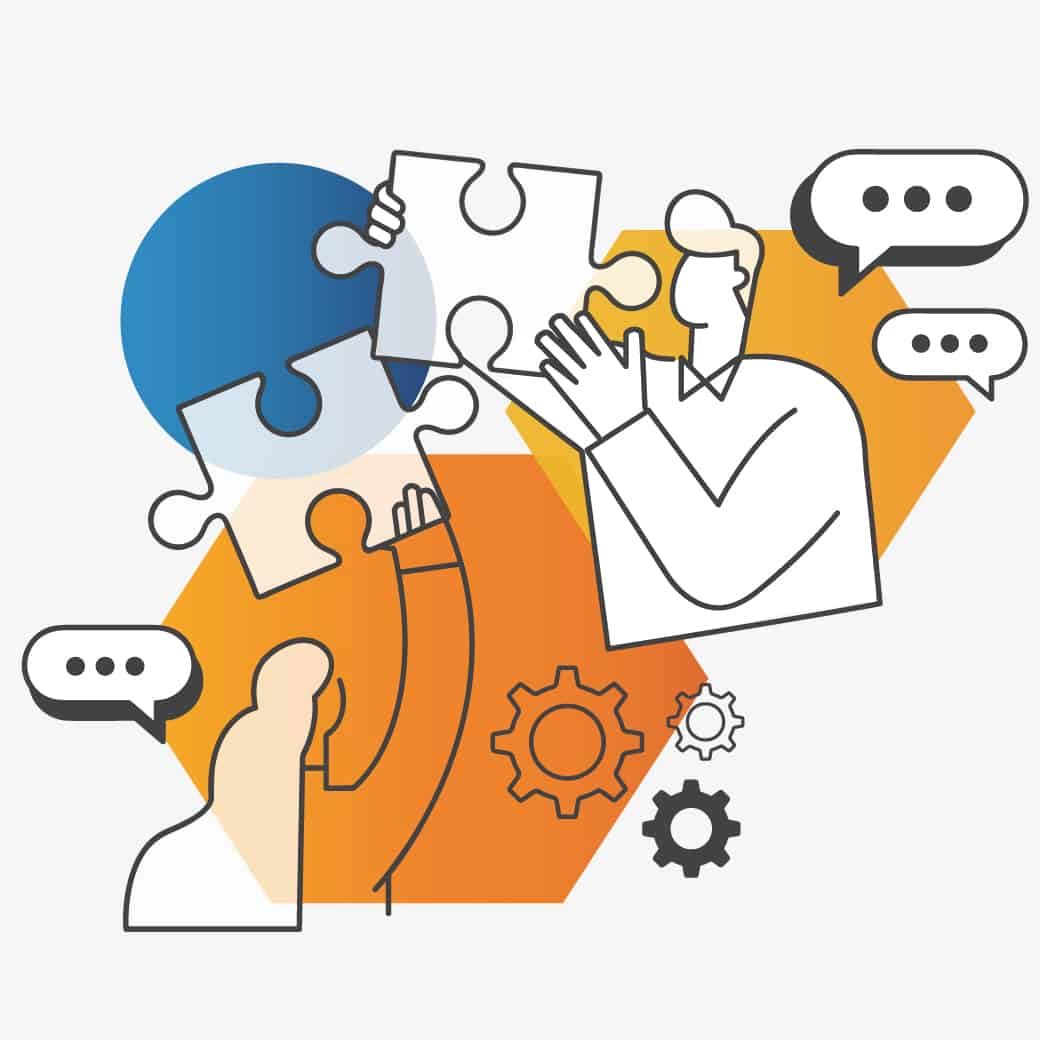Suggested Searches
Suggested Searches
Whether your needs are basic or complex, our staff will work with you to understand your needs and the impacts of your workflows. We believe in focusing on your goals, what you want to accomplish, and from that, identifying the best way to get there.

Smart Data Solutions has worked with hundreds of healthcare clients nationwide. We leverage that experience to provide solutions to best meet your needs. We know what works, what doesn’t work, and can offer guidance on developing a solution that works for you.

We believe that the developers who designed and implemented your workflow are in the best position to maintain that workflow. That is why we continue to provide direct access to our staff to provide ongoing service and support for your account. We take great pride in providing outstanding customer service to meet your current and future needs.

While machine learning can be integrated into a number of different processes, the path to integration is similar across the board. Initially using a corpus of known materials, the machine-driven processes record these pilot examples. From there the models use the data to provide suggestions to human processors who make the final determinations. The machines learn from these user selections and over time the processes reach sufficient confidence and accuracy to perform the process themselves, automating certain cases. The final step comes with the machine models taking on the bulk of the work in an automated fashion only allowing the rare edge cases and the routine audit level of documents to post for human review.
Machine learning allows Smart Data Solutions’ mailroom staff to avoid the time-consuming work of manually sorting incoming mail by form and type. This process allows any staffer to quickly prepare and scan inbound mail, leaving the sorting to our automated systems. This automation improves both overall processing time and accuracy.
Different types of correspondence need to be routed to appropriate departments or individuals, and some categories, such as appeals and legal documents, need to be processed with a higher priority than others. Our technology “learns” your correspondence mix, and can quickly and automatically identify the category, priority, and destination of thousands of documents in just minutes.
Normally, data fields captured with low confidence by traditional OCR engines need to be manually reviewed or keyed by a human. With our machine models, we can drive down the number of fields requiring manual intervention, which provides continuous improvement in data capture accuracy and throughput.
Our tools, solutions, and continued research into new AI and machine learning processes help payers nationwide reduce costs, achieve greater process efficiency, and reduce turnaround times.